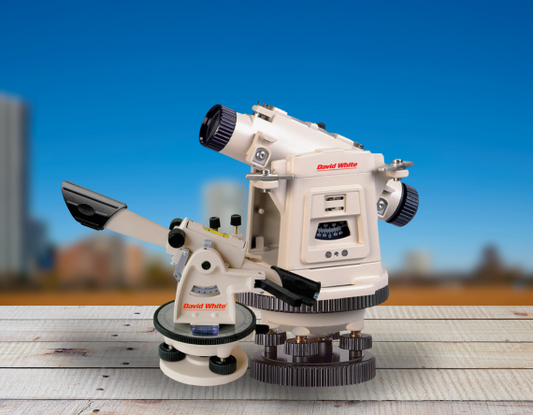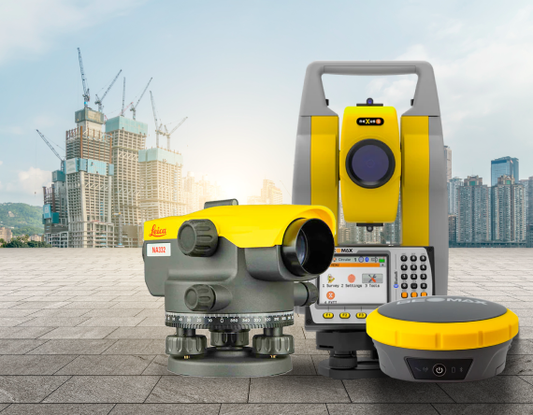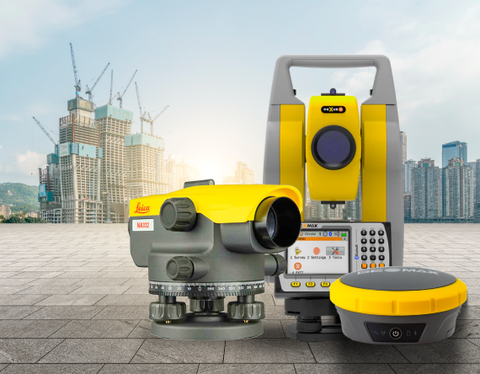The accuracy of your measurements is deeply influenced by the stability of your equipment, and a reliable tripod is essential to achieving this. Often underestimated, Total Station Tripods play a crucial role in ensuring precise alignment and minimizing errors during data collection. These tripods must be sturdy enough to support the weight of your surveying tools, like laser levels and total stations, while also providing stability on uneven terrain. When selecting a survey tripod, consider the material, weight capacity, and features like wide-leg spreaders, strong leg locks, and integrated bubble levels. Investing in the right tripod is key to laying the foundation for accurate and reliable data collection.
Key Considerations When Choosing a Surveying Tripod
Accurate surveying measurements begin with a robust and reliable tripod. Several aspects need to be carefully considered while choosing the perfect tool to guarantee data integrity and superior performance.
Here are some key considerations when choosing a surveying tripod:
Material:
The legs' stability, weight, and suitability for a variety of environments are all substantially influenced by the material they are made of.
- Wood is a conventional option for surveying tripods, as it provides exceptional stability as a result of its vibration-reducing properties. However, wooden tripods are generally more heavy and necessitate more frequent maintenance than tripods made of other materials.
- Aluminum: Lightweight and easily transportable throughout the job site, aluminum is robust enough for the majority of surveying applications. However, aluminum is not always as vibration-resistant as wood.
- Fiberglass: Because fiberglass tripods are resistant to corrosion and other elements, they are perfect for outdoor use. The ones made of fiberglass may have the disadvantage of swaying in strong gusts; this is something to take into account in windy conditions.
Stability:
Stability is the most important feature to take into account when choosing the best tripod for your surveying requirements. A wide-leg stance can offer the most stability since their larger bases properly distribute the weight of your equipment, reducing the chance of tipping or wobbling. More resistance to bending or flexing is another benefit of thicker leg design, particularly over uneven terrain. Furthermore, double- or triple-leg locks are far superior to single-leg locks in that they increase security and lessen the possibility of slippage for a more stable platform.
A sturdy tripod is essential for precise measurements with total stations and other high-tech instruments. To meet these stability needs, look for equipment made especially for total stations, survey tripods, or laser-level tripods. Usually constructed from premium materials like aluminum or wood, these provide the ideal blend of strength and weight for field performance.
Height:
One of the most important things to consider is the highest point at which your typical surveying tasks may be completed. Do your tasks require you to reach over barriers or operate on uneven surfaces, or will you largely be working on flat, open terrain? Inadequate height can restrict your capacity to collect measurements from the best angles, which could affect accuracy.
Although very tall tripods can become unwieldy and unsteady, especially in windy circumstances. Search for the ones that provide a decent balance between the highest point they can reach and their foldable size. Numerous surveying tripods come with telescopic legs that let you change the overall height to accommodate different site conditions.
Weight Capacity:
Another important factor to take into account when selecting a tripod is its weight capacity. A tripod that is unable to sustain the weight of your surveying tools (laser level, total station, etc.) may become unbalanced and may cause inaccuracies in your data. Seek out tripods whose weight capacity parameters are greater than the combined weight of your equipment. Keep in mind that extra accessories you will mount on the tripod can increase weight, so account for those as well. If the weight capacity is exceeded, it may sag or become unstable, compromising your measurements.
Durability:
Tripods for surveying are made especially to support the weight and stability requirements of specialized tools such as laser levels and total stations. Search for tripods made of premium materials that are renowned for their durability and resilience to wear and tear. When assessing the longevity, pay close attention to the surveyor tripod components that undergo the most amount of strain. For example, the legs ought to be sufficiently thick to withstand bending when underweight. When choosing a tripod, especially on rough terrain, look for one with wide leg angles for increased stability. The leg locks, which fasten the legs at different elevations, ought to be sturdy and simple to use with gloves on. To avoid any movement that can compromise the precision of the measurement, the tripod head, which joins the instrument to the legs, must be carefully machined and fastened.
Making the right tripod choice for your surveying requirements is an investment in the precision and effectiveness of your data collection. You may guarantee a steady and dependable platform for your total station or laser level by taking into account the factors mentioned above, which will result in accurate and dependable survey data.
Consulting with suppliers of surveying equipment, such as James River Laser & Equipment, may offer insightful advice and suggestions tailored to your unique surveying needs. We can direct you toward the most suitable laser-level tripod or survey tripod option based on our vast knowledge and experience.













